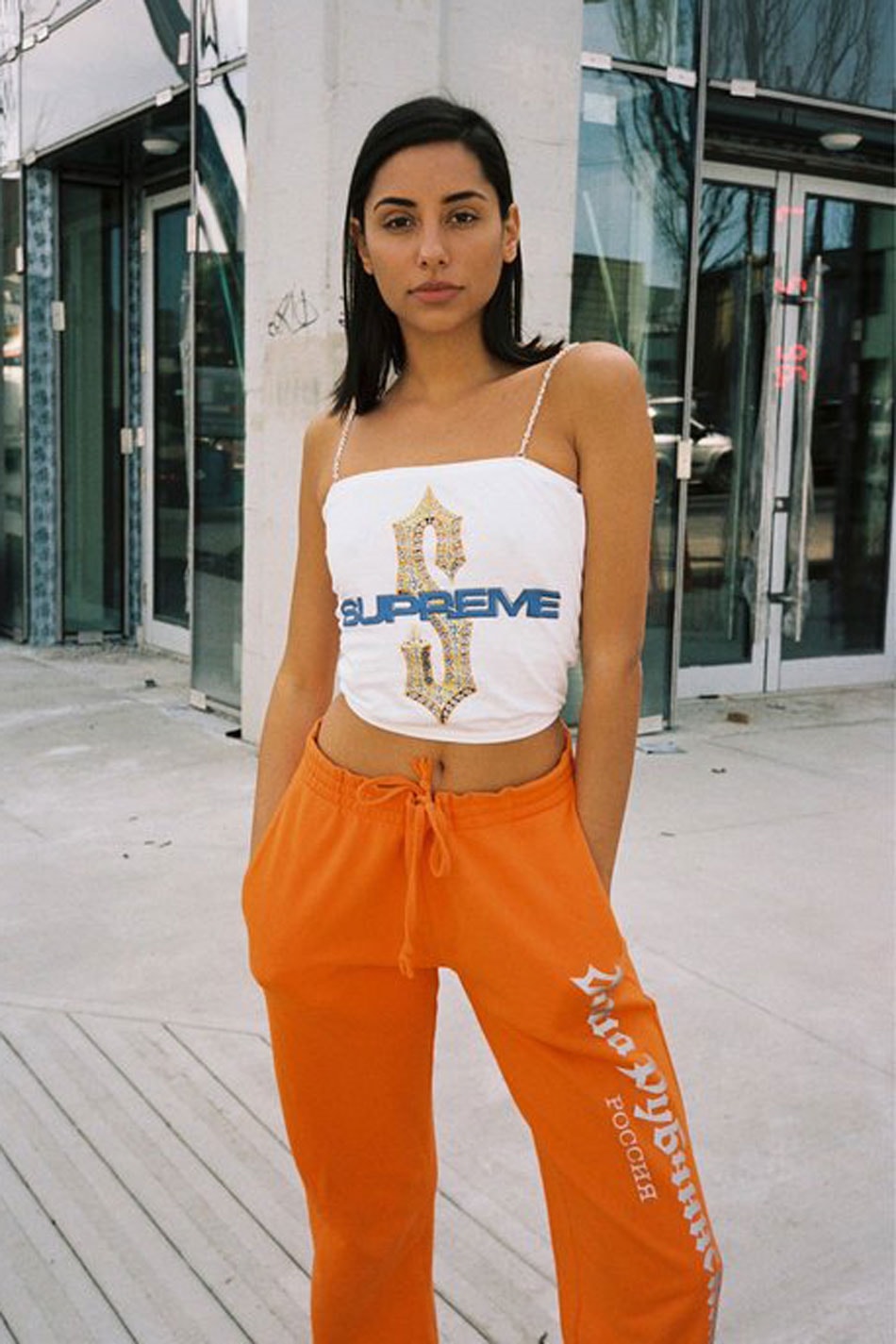
Exploring the Urban Fashion Scene: A Deep Dive into Streetwear
The Origins of Streetwear
In the bustling streets of urban metropolises, a unique fashion culture emerged, defining the style sensibilities of a generation. Streetwear, once an underground movement, has evolved into a global phenomenon, influencing runway designs and mainstream trends. But where did it all begin?
Roots in Subculture
Streetwear’s roots trace back to the streets of New York City in the 1970s and 1980s. Born out of subcultures like hip-hop, skateboarding, and graffiti art, streetwear was a rebellious response to mainstream fashion. It represented the voice of the youth, challenging traditional notions of style and self-expression.
The Rise of Streetwear Icons
As streetwear gained momentum, iconic brands emerged, shaping the landscape of urban fashion. Labels like Supreme, Stüssy, and BAPE became synonymous with street culture, blending elements of skate, surf, and street aesthetics into their designs. These brands not only defined a style but also fostered a sense of community among their followers.
Collaborations and Crossovers
One of the hallmarks of streetwear is its collaborative spirit. Brands often team up with artists, musicians, and other designers to create limited-edition collections that blur the lines between fashion and art. These collaborations bring fresh perspectives and innovative designs to the forefront, pushing the boundaries of creativity.
The Evolution of Street Style
Streetwear is constantly evolving, reflecting the ever-changing landscape of urban life. What started as a grassroots movement has now permeated mainstream culture, influencing high fashion and luxury brands. Today, streetwear is more than just a style; it’s a lifestyle—an attitude that celebrates individuality and authenticity.
Key Elements of Streetwear
At its core, streetwear is characterized by its casual, comfortable aesthetic. Hoodies, graphic tees, and sneakers are staples of the streetwear wardrobe, offering both style and functionality. Accessories like snapback hats, backpacks, and statement jewelry add the finishing touches to any street-inspired look.
The Influence of Street Culture
Streetwear draws inspiration from the streets—the sights, sounds, and energy of urban life. From graffiti-covered alleyways to bustling skate parks, the city serves as a canvas for self-expression. Streetwear reflects this vibrant culture, incorporating elements of graffiti art, hip-hop music, and skateboarding into its designs.
Streetwear Goes Global
What started as a niche movement in New York has now spread across the globe, transcending borders and cultures. From Tokyo to London to Los Angeles, streetwear has become a universal language, uniting people from diverse backgrounds under a common aesthetic. Its reach extends far beyond the streets, influencing fashion trends on a global scale.
The Future of Streetwear
As we look ahead, the future of streetwear is bright and boundless. With the rise of social media and e-commerce, streetwear brands have greater reach and visibility than ever before. Technology and innovation will continue to drive the evolution of street style, as designers experiment with new materials, techniques, and concepts.
A Cultural Movement
Streetwear is more than just fashion; it’s a cultural movement—a reflection of the times we live in. It’s a celebration of diversity, creativity, and self-expression, bridging the gap between art, music, and fashion. Whether you’re a die-hard streetwear aficionado or just dipping your toes into urban fashion, one thing is clear: streetwear isn’t just a trend; it’s here to stay. Read more about Streetwear
